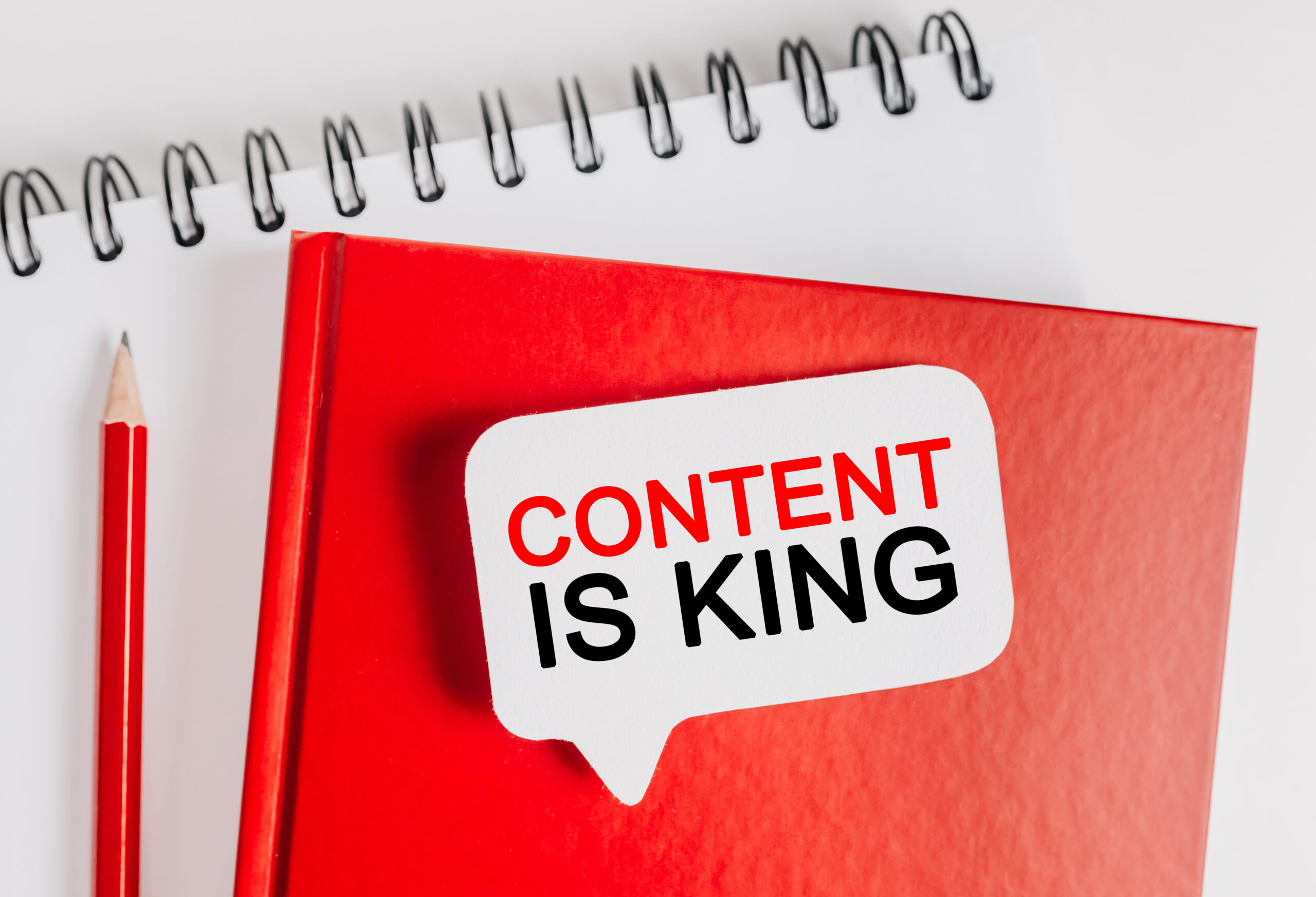4 types of content that support your marketing efforts and help you achieve your business goals.
When you’re planning your marketing efforts, do you sometimes think about reaching out to forms of content other than those you’ve used before? Are you looking for ways to diversify your marketing strategy and reach a wider audience? Or do you feel that your existing efforts are not yielding the expected results and you don’t know what to do about it next?
If so, this article is just for you! In it, we will introduce you to 4 types of content that are sure to revitalize your marketing efforts and help you achieve your business goals.
Types of content – which ones should you bet on?
Blog articles, regular social media posts, video creations? Yes, all these types of content are important from a branding point of view, but they are already a kind of “base” that most companies use, regardless of the industry they operate in. If you want to stand out among them, you need to bet on more advanced forms, among which we distinguished infographics, case studies, longer publications and so-called user-generated content.
Infographics
What is the golden mean between eye-stopping graphics and valuable information that would be best conveyed in text form? The answer is simple: infographics, which are a combination of these two formats. This form is a visual representation of information that uses graphical elements (colorful charts, illustrations, icons, diagrams, etc.) to present often complex data in a way that is easy to understand and digest. This allows the reader to quickly assimilate relevant facts while enjoying the aesthetics and clarity of the presentation.
A visually appealing way of communicating arouses the interest of the audience, engages them and encourages them to explore the topic further. What can you use infographics for? First of all, to present statistics, trends or processes, as well as to make comparisons. They will work well both on your website, as part of social media posts and in longer publications you create (reports, guides, ebooks, etc.).
Importantly from a marketing point of view, infographics:
- can increase website traffic by 12% (Demand Gen Report),
- generate 3x more engagement on social media (Hubspot),
- are up to 30 times more likely to be read in their entirety than blog posts or news articles (Digital Information World)
- are liked and shared more often than any other type of social media content (NN Group).
Click here to schedule an appointment and activate your free SentiOne demo.
Case studies
How can you make your brand more credible in the eyes of your customers? You can do this by, among other things, describing your experience and history in the “About Us” section of your company website, collecting and sharing customer feedback (e.g. on social media), ensuring that your business is described in detail on your company channels, regularly replying to comments and emails… Ways can really be listed in abundance, but case studies (especially in the area of B2B marketing) are particularly effective in building social proof. Marketers confirm this – in a Content Marketing Institute survey, 53% of them said that case studies/customer stories provide some of the best results (right next to video creatives).
Why are case studies such a powerful content marketing tool? Because they describe real problems and challenges customers faced and solutions applied, and then actually present the results and benefits of reaching for a brand’s products or services. At the same time, they build trust – they present your experience and competence, which strengthens credibility. Above all, however, they are authentic: and people are more likely to believe other people’s stories than advertisements.
How to prepare a good case study? You’ll do it in 7 simple steps, which we show in the graphic below:
- Choose the right client: Focus on a collaboration that has produced impressive results and is representative of your offering.
- Identify goals: Think about what you want to achieve with the case study. Do you want to generate leads, increase sales or perhaps build brand awareness?
- Tell the story: Outline the client’s challenges, the solutions that were applied, and the results achieved. Use language that your target audience can understand.
- Use data: Provide specific numbers and statistics to lend credibility to your claims.
- Add citations: Include customer statements about your product or service in the case study.
- Take care of visuals: Use photos, graphics and infographics to make your case study more attractive.
- Share the case study: Post the developed material on your website, social media and other online platforms, and gauge interest in it.
- Ebooks, reports, tutorials and other longer publications
In addition to shorter forms of content, such as blog posts, reels or infographics, it’s also worthwhile to use longer formats (ebooks, reports, how-to guides, etc.) in your marketing efforts – even at a time when most would argue that audiences are most likely to reach for the shortest possible materials, and in video form.
- Ebooks, reports, how-to guides and other longer publications offer a number of benefits that can be important to your brand:
- they build your brand’s authority – by presenting yourself as an expert in your field and sharing in-depth knowledge, you gain the trust of potential customers.
- they generate leads – by offering ebooks, reports or tutorials in exchange for potential customers’ contact information, you can build a base of leads that you may be able to convert into customers in the future,
- enhance SEO positioning – longer forms of content, rich in valuable information, are readily shared and linked to by others, which can positively impact your site’s search engine position,
- they position you as an expert – by sharing your knowledge and experience, you become a valuable source of information for potential customers, which can lead to building long-term relationships and perhaps help increase sales in the future,
- educate customers – ebooks, reports and guides can be used to educate customers about your products or services. By showing them how to solve problems and deal with challenges, you build a relationship with them and increase their loyalty.
What’s especially important, content from ebooks, reports or tutorials can easily be used to create other forms of content, such as blog posts, infographics or social media posts. In this way, you will maximize the use of your invested time and resources.
User-generated content
We wrote about user-generated content earlier this year in an article in which we outlined marketing and social media trends for 2024. In it, we pointed out that user-generated content is playing an increasingly important role in marketing strategies. Users are willing to share their experiences, opinions and creations in the online space, allowing brands to better understand their audience’s needs and expectations. At the same time, through the use of user-generated content, they can build a bond with customers, gain their trust and nurture community engagement. Such activities will also translate into a more positive brand image – as authentic and convincing.
Popular examples of user-generated content include:
- furniture brand Article, which provides its customers with plenty of authentic photos showing how people are styling the brand’s furniture in their spaces,
- Crocs brand, which invites its customers to share their styling on social media using #MyCrocsEra,
- Airbnb’s “Live There” campaign, in which the brand encouraged users to share their unique experiences of living in different locations.
Types of content – summary
Of course, in the above article we presented only selected forms of content marketing that you can use in your daily communication activities. We decided to highlight them because of the great potential they have (also considering the possibility to carry out content recycling). The most important thing, however, is that you select content types that are effective and attractive to your target audience. How can you do this? By relying on research (including the results you get from SentiOne), by comparing yourself with your competitors, but most importantly by testing differentiated formats (as well as topics, channels, etc.) and looking for those that convert best. What will these be in your case?



